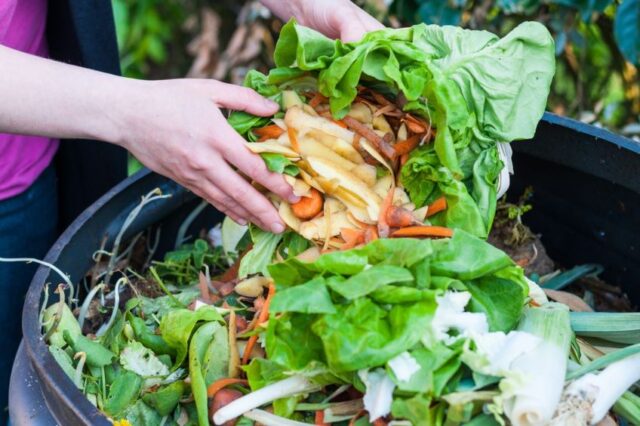
Consumer food waste is a major environmental concern, driven not just by an individual’s food choices but by a system that encourages consumers to make decisions that lead to wasted food. That’s according to a new report from the National Academies of Sciences, Engineering, and Medicine. A National Strategy to Reduce Food Waste at the Consumer Level identifies 11 drivers of waste, which accounts for 30% of all food produced in the United States, and contributes significantly to carbon dioxide emissions, and outlines strategies to mitigate them.
Barbara O. Schneeman, chair of the committee that wrote the report and professor emerita of the University of California, Davis, says “When you buy a pint of strawberries at the grocery store, you never do so intending to waste them. But factors such as this being your only trip to the store this week, or a two-for-one sale, can lead you to buy more strawberries than you actually want and waste what you don’t finish.
“Our report’s recommendations focus on getting all the actors in our food system to coordinate their actions and give consumers a different set of choices that help waste less food.”
Recommendations relate to changing the food environment, supporting consumer behavior change and applying research and technology, including:
- Manufacturers, retailers, and food service venues should develop promotions and in-store cues that prioritize buying the right amount and variety of products – frozen, shelf-stable, and perishable. This might include grocery stores providing smaller carts or baskets to reduce overbuying, and restaurants offering smaller portions.
- Federal legislation to standardize date labeling on packaged food should be introduced. Consumers should also be educated about the information provided on labels to ensure that they neither consume unsafe food nor waste safe food.
- The Winning on Reducing Food Waste Initiative, an inter-agency effort from the U.S Department of Agriculture, the Food and Drug Administration, and the Environmental Protection Agency, should be expanded into a national behavior change campaign. This should inform the public about the environmental, economic, and social benefits of reducing food waste, and provide easy, everyday tips for reducing food waste.
- Government agencies and foundations should invest in research to better measure consumer food waste and approaches to reduce it. Developments such as new packaging to extend shelf-life, or apps and devices that help consumers track their food waste, can make a difference.
The study, undertaken by the Committee on a Systems Approach to Reducing Consumer Food Waste, was sponsored by the Foundation for Food and Agriculture Research (FFAR) and the Walmart Foundation.


